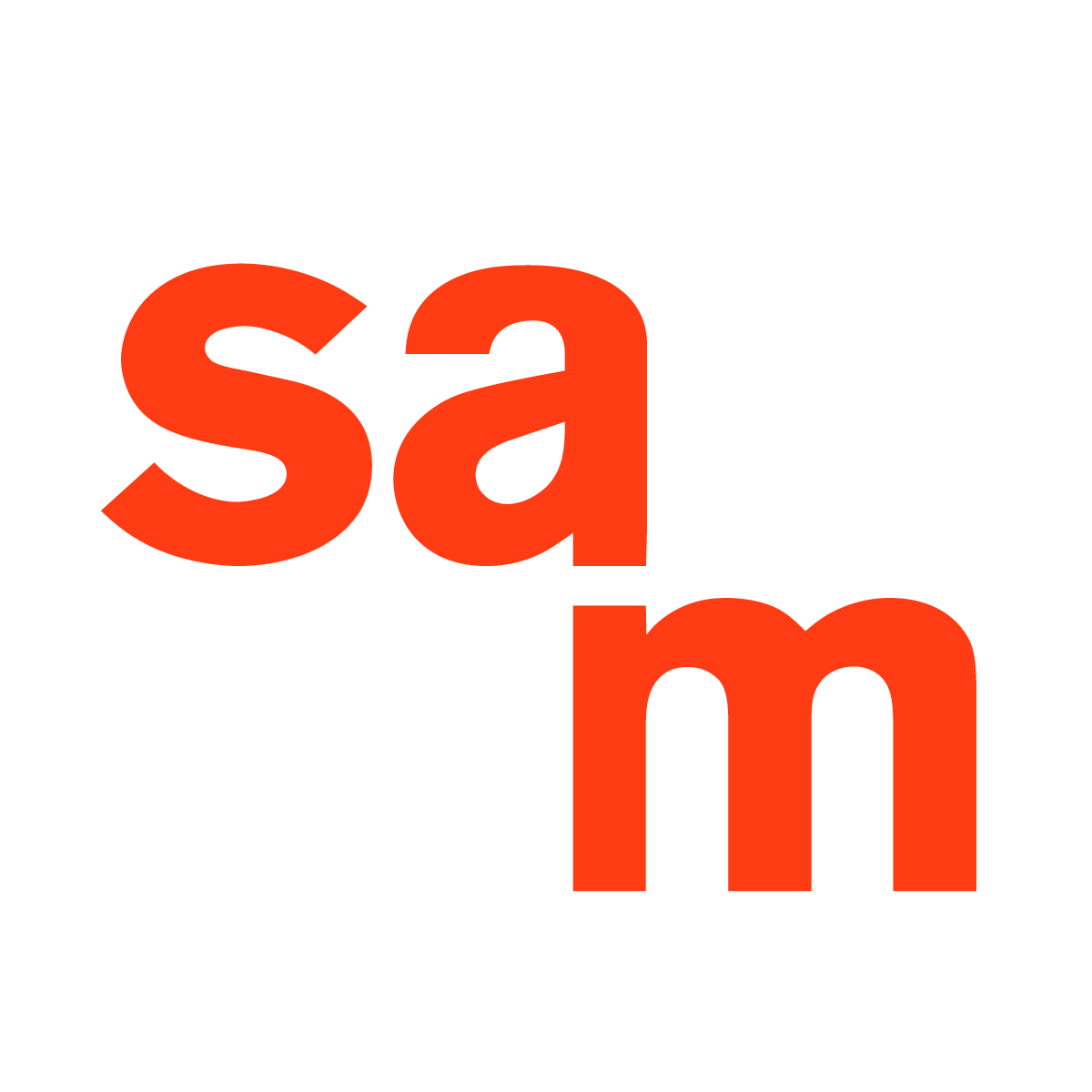The Artist and AI Part 1: Familiar Strangers
Originally posted in the AI2 Blog
All imagery unless noted elsewhere // Sam Stuesser for AI2
My life’s journey has afforded me insight into both what it means to be a working artist in the modern age, and the future-shaping, unstoppable force that is artificial intelligence. Needless to say, I didn’t anticipate these worlds colliding as spectacularly and violently as they have recently.
In this three-part series, I’ll cover a few stories highlighting the historical relationship between artificial intelligence and creative work, the pivotal difference between AI as an assistive tool for artists and the replacement for an artist, and, lastly, what vital information artists can guard themselves with when it comes to protecting their trade.
Part 1: Familiar Strangers
When it comes to the creative industry (here defined as making money via creative work), artificial intelligence has been in the mix for over fifty years.
That’s a broad statement, because the nature of what “artificial intelligence” is, is equally vast.
So let’s get specific, and talk about Space Invaders.
For those not familiar, Space Invaders, released by Atari in 1978, is a science fiction video game about space…being invaded. In order to win, the player must defeat an increasingly complex siege of invading alien forces. To the person behind the controller (and the person beside them waiting to use the controller), these enemy patterns appear random, adding to the game’s difficulty.
However, they’re not random at all. Rather, their movement patterns are pre-coded into the game by game designers and developers. For that reason, the artificial intelligence isn’t reacting in real time, but it is pre-coded to react to the player’s input.
The perceived randomness conjures perceived sentience in the aliens rapidly advancing to defeat you. In other words, Space Invaders employs pre-coded artificial intelligence to augment the creative story told via gameplay. If the invading forces’ movements were easily predictable, the player would lose the immersion of the art form. Art and technology are codependent species.
Photography is another industry with a surprising relationship to artificial intelligence, via its industry-standard tool, Photoshop. Photoshop was invented by the Knoll brothers in 1988 as an image processing engine, and Photoshop 1.0 was released by Adobe to the public in 1990.
By 2018, Photoshop had grown to be the most popular image-editing software on the planet. Adobe released CS4 (Creative Suite 4), which included a new version of Photoshop featuring a brand new tool called Content-Aware.
Content-Aware enables users to “fill” a selected area of an image based on contextual pixel information. In other words, Content-Aware “sees” the surrounding context, and is able to fill the area based on that information. This is used practically to remove objects from a background, or to create additional image information past what already exists (such as expanding the sky of an image).
In 2023, half a decade later, Photoshop’s relationship with AI has grown more sophisticated. An example of this is Neural Filters, which use GAN to change a subject’s expression or replace the sky of a composition. As artificial intelligence advances, so does an artist’s manipulation and creation possibilities within Photoshop.
Artificial intelligence may seem like a natural teammate for creative works with a prominent digital slant, such as gaming or photography. How does it relate to the fine arts, and artists that work with analog media?
The inherent nature of fine art is impossibly complex and deeply subjective to both the artist and the viewer. For that reason, the history of art and artificial intelligence in this context is also deeply subjective, and any attempt to broadly explain this relationship would be a gross oversimplification of both fine art and artificial intelligence.
In other words —
it’s complicated.
In the late 1960s, English painter Harold Cohen became interested in the exciting, emerging field of computer technology. He moved from London to San Diego to teach at UC San Diego, and in 1971, unveiled a system that could paint in his style at the Fall Joint Computer Conference.
AARON, as the system was later named, first created black and white paintings that mimic the irregular natural painting style of a human hand. Specifically, the natural brush strokes and painting style of its creator, Harold Cohen. Cohen would colorize the works after the fact, adding a final layer of the artist’s hand to what could be considered a collaborative piece.
Cohen and AARON’s work was exhibited in prestigious galleries such as the San Francisco Museum of Modern Art (SFMOMA) and the Tate Gallery throughout the 1980s, prompting visitors to ask themselves what is art. In the 1990s, Cohen released a new and improved AARON, capable of mixing custom colors with a more agile arm, allowing AARON to create a broader range of figures.
Cohen passed away in April of 2016, a couple of months after posting his last and final update to AARON in his newsletter, Fingerpainting for the 21st Century.
“The question of whether something is art is either a trivial question or it’s an exceedingly difficult one, depending on how deep you want to get into the issue.”
Harold Cohen
When we look into the history of making creative work, we realize how closely knit emerging technology such as artificial intelligence — which explores the “what if” — relates to the very nature of art — which explores “what could be”.
In all three examples above, artificial intelligence is not a substitute for the artist. Rather, it’s a powerful extension of the artist, allowing them to unlock the impossible. AI cannot have artistic intent, and therefore cannot create art.
You do need a human artist for that. And the future needs human artists for that, too. But we’re at a very real risk of no longer having artists, and therefore no original art at all. More on that next time.

